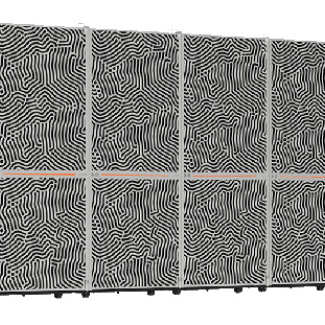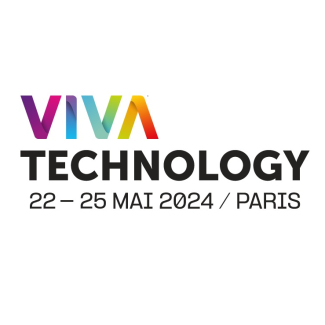
NanoCar Race II: The smallest big race is back!
Drivers, start your engines . . . or better your microscopes. The NanoCar Race, whose first edition was held in April 2017, is back to burn atomic rubber on laboratory racetracks. Organized by the CNRS Centre d'Élaboration de Matériaux et d'Études Structurales (CEMES), the event selects scientists from around the world to pit their molecular machines against each other. The goal of the 24-hour race is for nanovehicles to cover the greatest distance possible on a winding 4-to-6-nm-wide track (slalom section included) naturally formed on the surface of a pure gold crystal only a few millimetres in diameter. NanoCar Race II will run from 24 to 25 March 2022 and be broadcast live via the YouTube channel of the Center for Advancing Electronics–Dresden (CFAED) as part of the MEMO project1 .
Unlike the first edition, during which four of the six selected teams used the four-head scanning tunnelling microscope belonging to CEMES2 , this year’s race will have the eight participating teams use their own microscopes, which they will control remotely, over the Internet, from the Boule in Toulouse.
The following teams will have racers on the starting line:
- GAzE (Germany),
- NANOHISPA (Spain/Sweden),
- NIMS-MANA (Japan),
- Ohio Bobcat Nanowagon (USA),
- Rice–Graz NanoPrix (USA/Austria),
- San Sebastián–Santiago (Spain),
- StrasNanocar3 (France), and
- Toulouse–Nara4 (France/Japan).
Besides being just plain fun, the NanoCar Race seeks to elucidate the physicochemical phenomena that permit a molecule - vehicle to move over a surface in a controlled manner. This edition is also unique because the molecular machines in competition will employ either of two systems of propulsion. Detailed analysis of live vehicle trajectories for the different molecules should indicate which offers between inelastic or dipolar a better control while remaining energy-efficient.
To learn more, read the CNRS News interview with Christian Joachim, CNRS Senior Researcher at CEMES and the coordinator of the event.
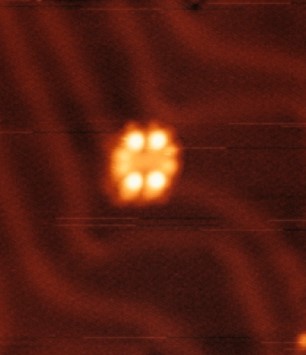
© CEMES/CNRS
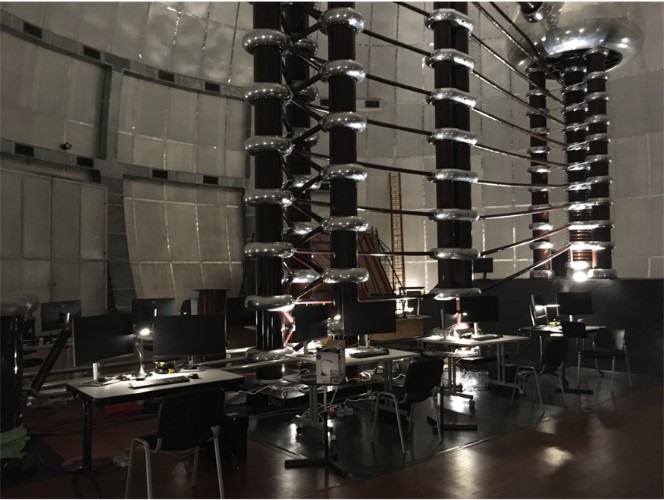
© CEMES/CNRS
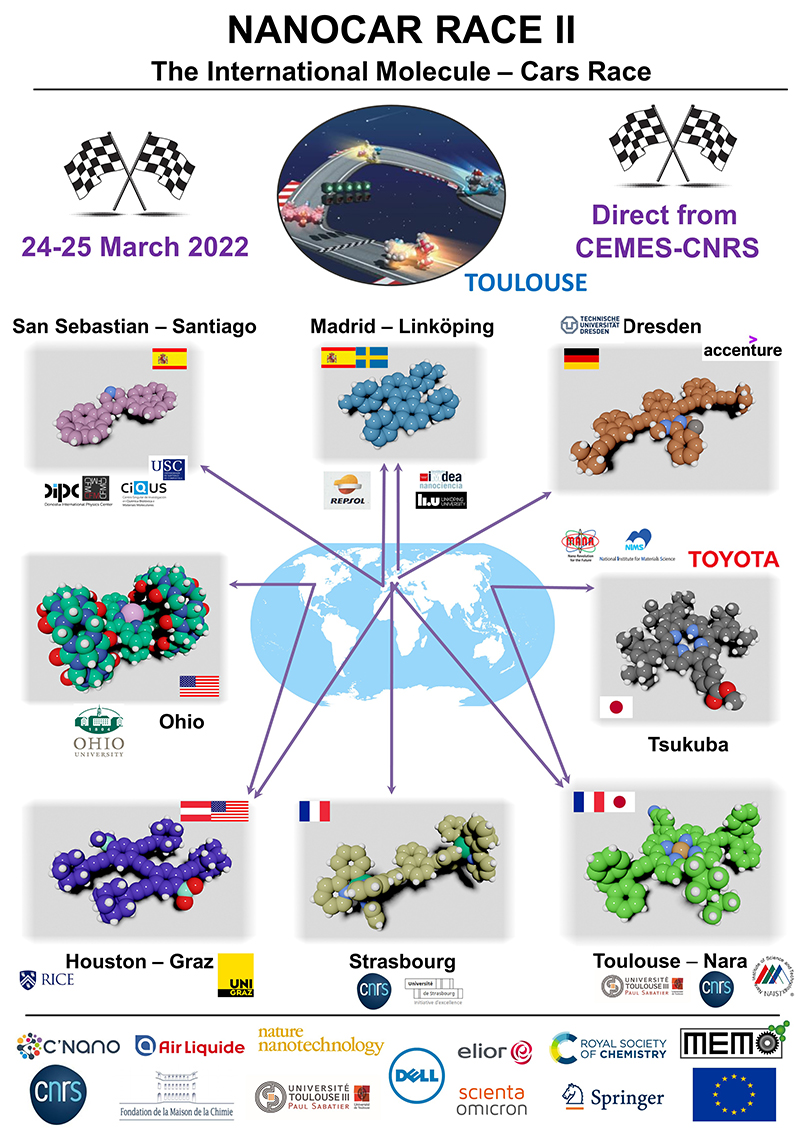
- 1NanoCar Race II is funded through the European H2020 project MEMO, with additional support received from the Fondation de la Maison de la Chimie, Elior, Air Liquide, Scienta Omicron, Springer, Nature Nanotechnology, and the respective institutions and sponsors of the four teams not affiliated with MEMO. The objective of MEMO is to understand the rotational mechanics of a single-molecule machine supported by a surface—for example, by designing a train of molecule-gears each a nanometre in diameter with single-atom rotational axes.
- 2Tunnelling is a quantum mechanical phenomenon whereby electrons may cross a potential barrier without loss of energy. A scanning tunnelling microscope (STM) creates a current between its tip and a conductive surface. Variations in this current allow an image of the surface to be obtained while scanning. An STM can also be used to manipulate and build nano-objects.
- 3From the Strasbourg Institute of Chemistry (CNRS / University of Strasbourg) and the Institute of Physics and Chemistry of Materials of Strasbourg (CNRS / University of Strasbourg).
- 4Collaboration between CEMES and the Nara Institute of Science and Technology (Japan).


